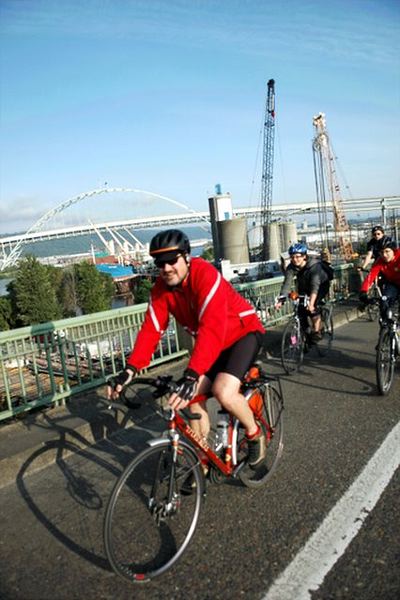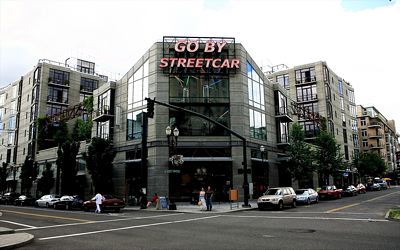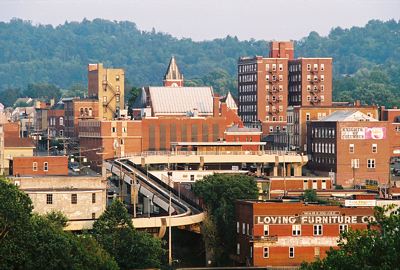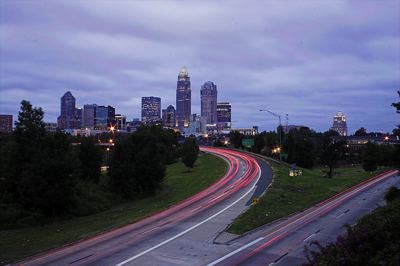Bandon, Oregon, my home town, was featured in the New York Times last week as a “hard-luck community” apparently inhabited by a bunch of rubes who foolishly subsidize wealthy executives. The article (also viewable as a video) actually left out some of the juiciest parts of this tale.

#6 at Bandon Dunes Golf Course. Photo by Bandon Dunes Resort.
The story is about Bandon Dunes, a destination golf resort built by a wealthy golf enthusiast named Mike Keiser (who, everybody likes to observe, made his money selling greeting cards printed on recycled paper). Keiser spent tens of millions of dollars of his own money building the course on sheer speculation. When he opened, greens fees started at something like $175 a round (and are now as high as $250). But every hole has an ocean view and the course was quickly rated one of the best in America, so he got more business than originally anticipated.
Keiser did not need any subsidies to build. Full disclosure: I understand Keiser gives money to my new employer, the Cato Institute. After his resort proved successful, however, some local governments decided to promote their empires by subsidizing Bandon Dunes and its wealthy customers.












